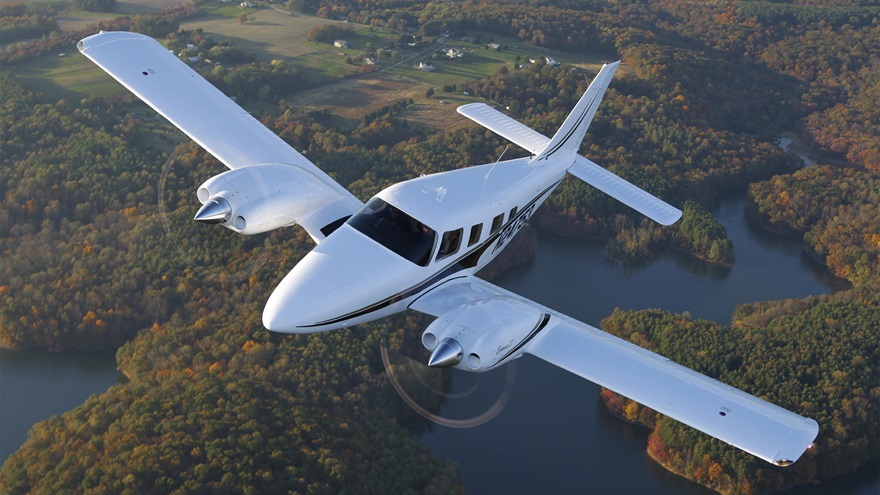Exploring Future Trends in Aviation with Piper Seneca III
The aviation industry is on the brink of a revolution, driven by technological advancements and a growing emphasis on sustainability. As we look towards the future, aircraft like the Piper Seneca III offer a glimpse into how innovations are shaping the skies of tomorrow. With enhanced efficiency, sophisticated avionics, and environmentally-friendly features, the Piper Seneca III is at the forefront of these changes, illustrating the potential for modern and future aviators.
Innovations Shaping the Future of Aviation

In recent years, the aviation industry has seen a surge in technological innovations that are set to redefine air travel. Among these is the development of electric and hybrid propulsion systems aimed at reducing carbon emissions and operating costs. This shift towards greener aviation is crucial as the industry faces increased pressure to become more sustainable. By integrating electric propulsion with traditional aircraft designs, manufacturers seek to extend range capabilities while minimizing environmental impact. These efforts are particularly evident in short-haul flights, where electric power can significantly reduce the carbon footprint.
Another significant trend is the rise of autonomous technology in aviation. Advances in artificial intelligence and machine learning are paving the way for automated systems that can assist pilots, enhance safety, and even enable pilotless aircraft operation. These systems are poised to revolutionize cockpit dynamics, allowing for real-time data analysis and decision-making support. Additionally, autonomous technology promises to transform air traffic management by optimizing flight paths and reducing delays, thus enhancing the overall efficiency of air travel.
Lastly, the use of advanced materials in aircraft construction is becoming more prevalent. Lightweight composites and smart materials not only improve fuel efficiency by reducing aircraft weight but also enhance durability and performance. These materials enable innovative design possibilities, such as morphing wings and adaptable surfaces, which can improve aerodynamics and reduce drag. The combination of these materials with cutting-edge manufacturing techniques, like 3D printing, promises to accelerate production processes and reduce costs, making high-performance aircraft more accessible.
Piper Seneca III: A Glimpse into Tomorrow’s Skies

The Piper Seneca III exemplifies how modern advancements are creeping into everyday aviation, serving as a bridge between current practices and future possibilities. This twin-engine light aircraft has been updated with state-of-the-art avionics, including advanced GPS navigation systems and digital displays that enhance situational awareness for pilots. These improvements underscore the importance of integrating modern technology to improve safety and operational efficiency, even in smaller aircraft.
Furthermore, the Seneca III’s design incorporates elements that align with the industry’s sustainability goals. By utilizing more efficient engines, the aircraft achieves better fuel economy, which contributes to reduced emissions and lower operating costs. The emphasis on efficiency in the Piper Seneca III reflects broader trends in aviation, where minimizing environmental impact without compromising performance is a priority. This positions the Seneca III as a model for how aircraft can evolve to meet future ecological standards.
Looking ahead, the Piper Seneca III provides valuable insights into the potential evolution of general aviation. Its combination of modern technology and efficient design serves as a template for future aircraft that must balance technological advancements with environmental responsibilities. As aviation continues to progress, the lessons learned from aircraft like the Seneca III will play a crucial role in guiding the development of next-generation planes that aim to offer safe, efficient, and sustainable air travel options.
As the aviation industry embraces new technologies and sustainable practices, aircraft such as the Piper Seneca III illustrate the exciting changes on the horizon. By integrating advanced avionics and prioritizing efficiency, these aircraft offer a vision of the future where flight is not only safer and more efficient but also more environmentally conscious. As we continue to push the boundaries of what is possible in aviation, these innovations will shape the way we fly, ensuring that the skies of tomorrow are both accessible and sustainable for generations to come.



